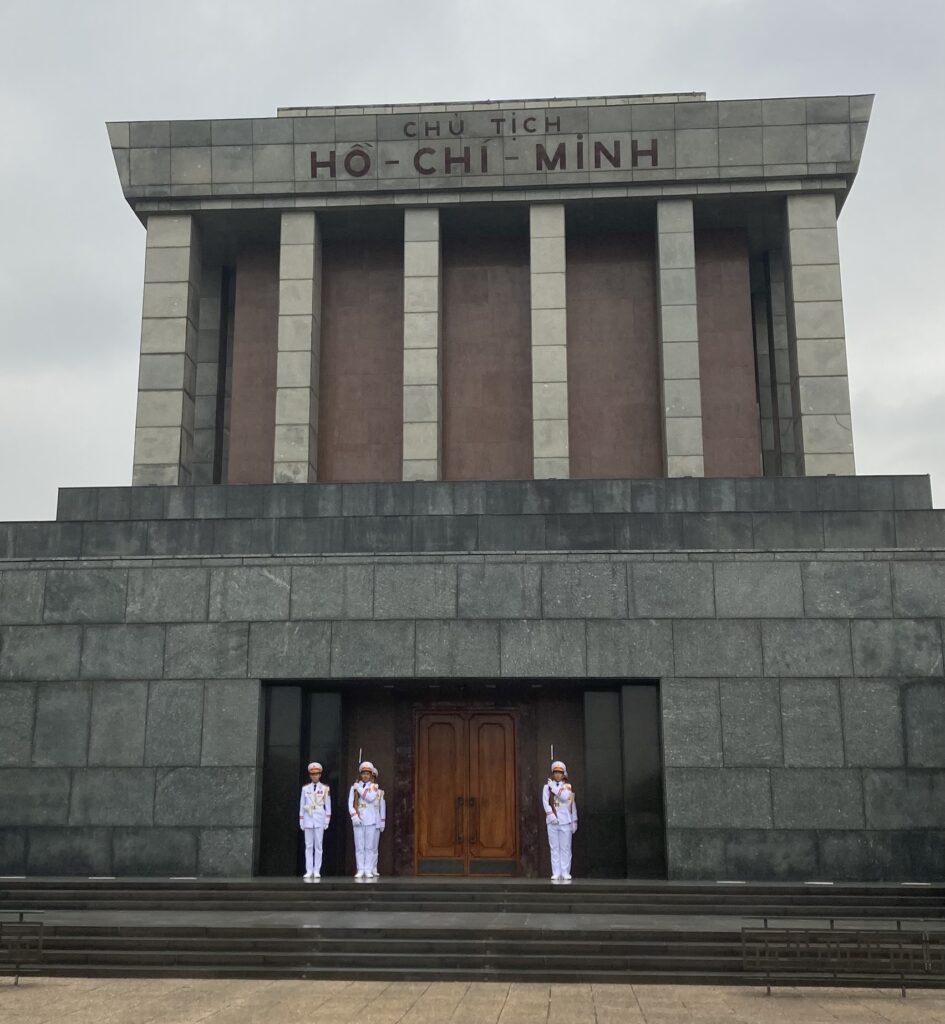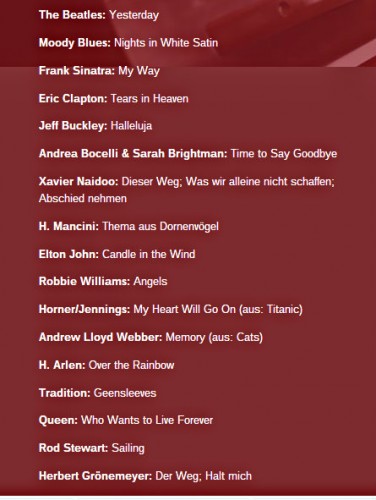3rd post in a series by Jenny Uzzell examining the question: What is a funeral for?
For those in Ancient India, it appears that funerals were vitally important, not only to the dead, but also to the smooth running of society.
Most of our knowledge about this period comes from the Rg Veda, arguably one of the oldest sacred texts in existence. It is only in the final book of this (book 10) that clear reference is made to funerals and afterlife beliefs. At some point during the period over which the hymns in Book 10 were composed (or at least compiled) the practice of disposing of the dead changed from burial to cremation, probably as the result of a change in theology.
Hymn 18 is the liturgy for a burial funeral of a young man. Premature death was often seen as a sign of the gods’ displeasure and was highly inauspicious. In the worst cases it could be seen as infectious and this is clear in this hymn, which seeks to make a boundary between the living and the dead which death cannot cross:
“Go hence, O death, pursue thy special pathway apart from that which the gods are wont to travel…touch not our offspring, injure not our heroes…here I erect this rampart for the living. Let none of these, none other reach this limit. May they survive a hundred lengthened autumns and may they bury Death beneath this mountain.”
This is clearly accompanied by the appropriate actions and serves to limit the god of death (Yama) in what he may do. Another purpose of this funeral is to purify the widow and return her, ritually, literally and, probably, emotionally to the land of the living:
‘Rise, come unto the world of life, O woman. He is lifeless by whose side thou liest. Wifehood with this thy husband was thy portion, who took thy hand and wooed thee as a lover. From his dead hand I take the bow he carried that it might be our power and might and glory. There art thou, there and here with noble heroes may we overcome all hosts that fight against us.”
The purpose of this funeral is not only to ensure the well being of the fallen hero (the hymn goes on to talk about the earth opening into a palace for him) but also to re-integrate the widow into society and to protect the mourners from the unlucky death.
Hymn 16 is a cremation liturgy and shows the later theology of the afterworld. The god Agni (sacrificial fire) is the channel by which things from our world may reach the beyond. These could be food offerings or the dead themselves. Agni is addressed:
‘O Agni, to the Fathers send him who, offered in thee goes with our oblations.’
The dead were understood to have a physical body which purified and carried to the ancestors by fire was reunited with the spirit and dwelt with Yama. The Fathers were often invoked for help and so the importance of giving someone the ‘right send off’ was immense. Once in Pitriloka (the land of the fathers) the dead had to be sustained by food offerings from their kinfolk.
All of this may be very interesting (well it is to me, anyway), but what relevance does it have to us? In the context of Hinduism, quite a lot. Afterlife beliefs have changed and most Hindus now hope for re-incarnation or, better yet, for moksha or liberation from the cycle of death and rebirth. The fire is seen as a purification (very young children and holy men are likely to be buried) which allows the soul to leave the body and maybe even, if the correct rites are performed, to attain moksha. It is for this reason that many Hindus choose to travel to Varanasi on the banks of the Ganges to die, or seek to have their remains scattered into it or, failing that, into any other river. This is believed to facilitate Moksha, and so, for the next of kin the correct prayers performed at the right time, in the right place and with the correct rituals could make the difference between another rebirth and moksha. This then is the over-riding purpose of the funeral to which all others are subsumed.
Hinduism is not the only place where this still applies. As was mentioned recently on this blog, Roman Catholics believe that for many a period of purification in Purgatory is required before entering heaven. This can be reduced by offering prayers of intercession for the dead and by offering mass for the repose of their soul. With this at stake, it is easy to see why the celebration of the life of the dead person often takes back seat. This is not excluded from Catholic practice (it is often done at the vigil for the dead before the funeral mass, or at a memorial service afterwards) but one of the purposes (there are, of course, others) is to make things better for the person who has died and this is the overriding concern.
For most of us, regardless of whether or not we believe in life after death, what we do at the funeral makes no difference to the dead, so it is for the living that the funeral exists. Where dispute arises (as has been the case recently with the Bishop of Meath restating the fact that there should be no eulogy at a funeral mass) it is often because people have not understood that the two sides have fundamentally different opinions about the purpose of a funeral and who it is for.





